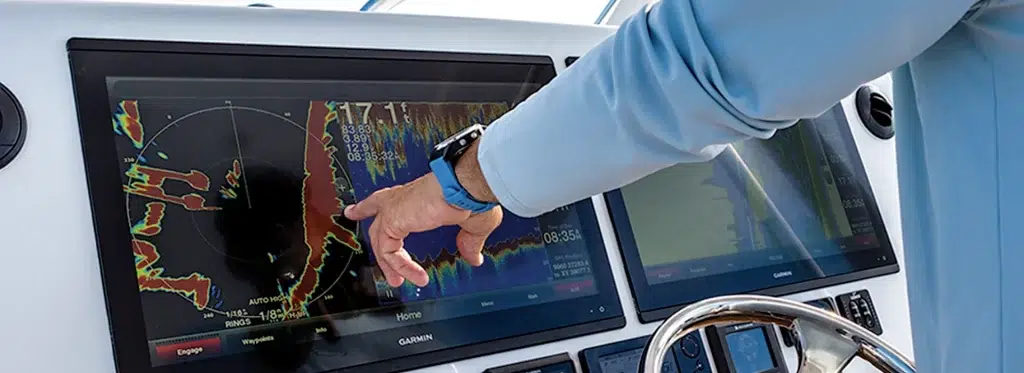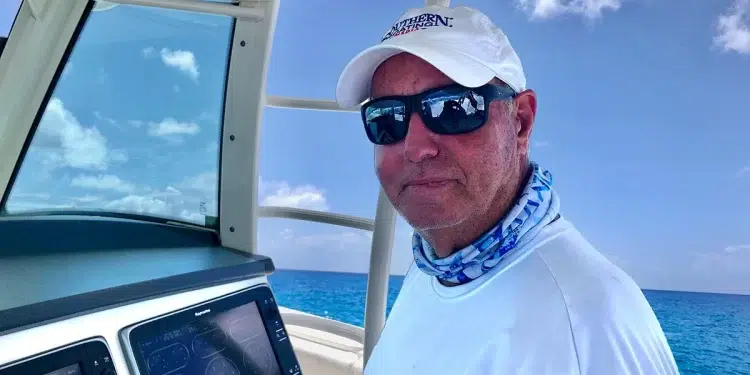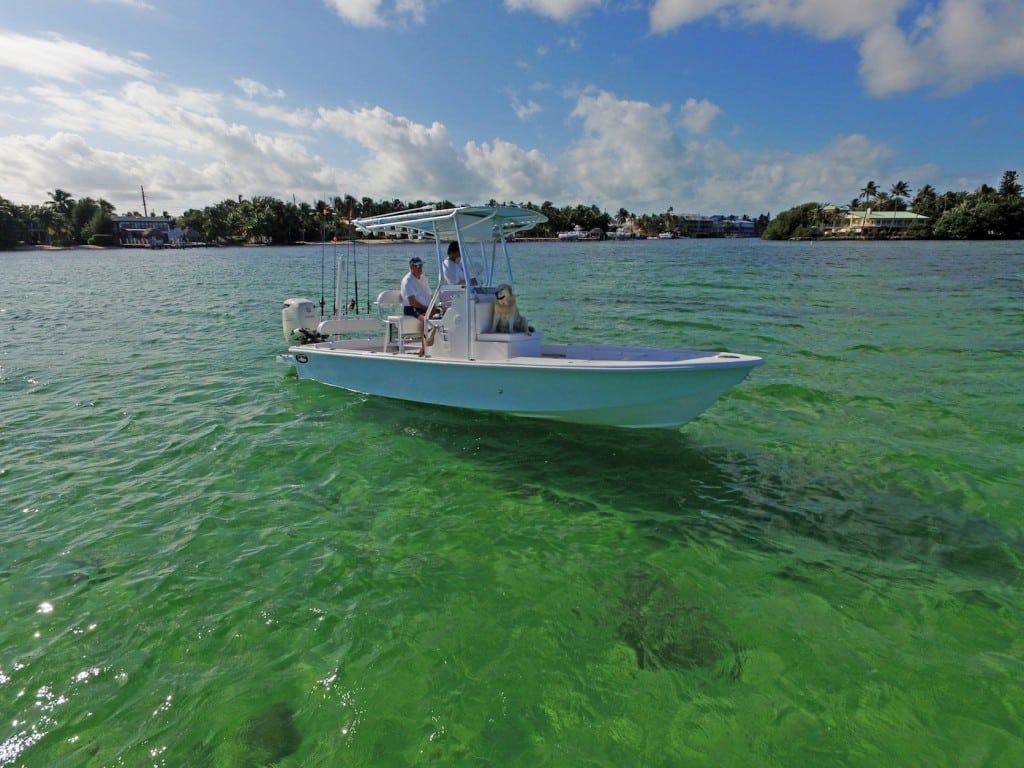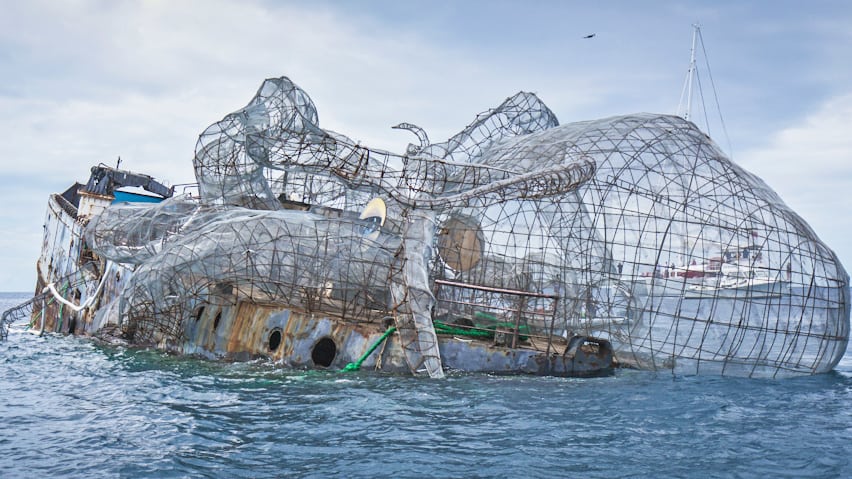Listen To The View From The Pilothouse:
Read The View From The Pilothouse:
My neighbor was asking me about my recent trip across to the Bahamas. He has a similar center console to mine and was planning his first crossing over to Bimini. He was a little nervous about it for obvious reasons when making a first crossing, but he also didn’t feel that savvy on his Garmin chartplotter. Chartplotters have so many features that many of us rarely use everything they have to offer the boater.
So I went over a few things he might need, especially some of the navigation features. I showed him how to chart a route and assured him that it’s an easy crossing. In fact, I told him that he didn’t even need to plot a route as there’s nothing between Port Everglades and Bimini. I demonstrated how to mark a “go to” spot on the chart and how it sets a course directly to where you want to go, that he should pick a safe spot just outside the channel with a water depth of about 50 feet, and told him to keep an eye out for other boats, the random set of large waves, and any floating debris as he went along. His wife isn’t a good swimmer and not a big boater, so she was a little uneasy.
Subscribe Here For More Boating Content
My boat was getting cleaned up after our recent trip over, so I wasn’t going to use it while they were gone. To make him and his wife feel a little more at ease, I offered him my six-man life raft. His two daughters were going as well, so he was very grateful. It gave him a sense of survival security, if you will. While I was thinking about it, I also loaned him my AtlasTrax MiniTrax tracker so if anything were to happen, I would be able to alert any help and provide his location. He was happy to know that and to prove it to him, when he reached Bimini, I called him on the cell phone and welcomed him to the island. He loved the idea that someone could monitor his location when on the move.
Those are two safety items that will really help if an emergency occurs. In addition, I checked to make sure he had an EPIRB, and we went over his ACR model and its operation procedure. We did the same with the Datrex life raft—pull the lanyard, it’ll inflate automatically, and there’s even a sunshade and sea anchor included. Needless to say, after their trip, they now have all the safety gear on board, including a personal locator beacon (PLB).

I talk about all this because, as many of you know, safety is a big factor when I’m boating. I was reminded about it a few days earlier when we were invited to tour the ACR Electronics headquarters and development center here in Fort Lauderdale and meet five fishermen who survived more than five hours in Gulf waters, more than 20 miles offshore, when their boat sank. All they had was a PLB. They admitted they never knew much about or paid attention to those devices, even at boat shows, but because a girlfriend of one of the crew received one as a gift and never used it, she threw it in his bag just in case. Fortunately, it was in the “ditch” bag with all their wallets and though it took them a minute to figure out how to turn it on, it was their only connection to anyone. Unless you’ve been in that situation, you can only imagine the feeling of seeing that Coast Guard vessel get closer and then pull you up on board. Next month, we’ll have more on safety as well as etiquette, another aspect of safe boating.
This issue starts our 53rd year; it’s our 625th issue, and because the love for the boating lifestyle is going strong, we are too. The strength in the boating industry is evident not only in the number of U.S. boatbuilders we highlighted in the July issue, but also in the long list of international boatbuilders considered for this month’s focus starting on page 46. We had room for just over 30 builders, but as a note, there were 230 on the original list. It’s kind of nice knowing that you have so many choices when it comes to buying a new boat.
Hope your summer has been a fun and safe one.
– Skip Allen














